Getting to grips with a complex traditional stakeholder field
Before the project was started, still in quotation phase, stakeholder maps were used map out the relations, interests and size of municipalities departments, taxi companies, specific user groups and laws and commandments that lead to all kinds of different transportation arrangements.
PROCESS, RESULTS AND EFFECTS
1. Process
Setting the right focus for exploration
Several explorative interviews with clients from different target groups were done to get fami-liar with the context of target group transport. These interviews helped to determine the right research set up for further explorative interviews with users and stakeholders.
1. Results & Effects
The right participants
Visualizing all stakeholders and their position in relation to the user made clear that exploring only the needs of users would not be sufficient. Taxi drivers, phone operators at the taxi center and municipality employees were also included in the explorative research.
2. Process
Helping participants to reflect on their transport arrangements
Generative interviews with users and stakeholders explored the needs of the users and the motivations of the most important stakeholders. Participants were sensitized by means of several exercises that they were asked to fulfill the week prior to the interview.
2. Results and Effects
A very personal and sensitive topic but very structured interviews Sensitizing prepared the participants but it also kept them on track during the interview.
3. Process
Using postcards to reach the target groups
Apart from the generative interviews conducted, about 2500 postcards were spread throughout Rotterdam to reach larger numbers of the extremely diverse target group. About 250 postcards were filled in and send back to the municipality.
3. Results and Effects
Certainty about the validity of anecdotes
The postcards created larger numbers of feedback on specific elements within user stories from specific user groups. Since the target group was so diverse and the stories were so personal, larger numbers showed whether a specific story was unique or applicable for more individuals within the target group.
4. Process
Going through user and stakeholder stories
By going through all data all at once, the stories from both users and stakeholders were used to create a framework of user needs that did not just focus on the nature of the disability of users, but segmented the entire group of users purely on their mobility needs.
Looking for the right base for segmentation
All sorts of elements for segmentation were explored, such as transport pattern and schedule, the level of support or help a person needs to get into a taxi, or the type of transport someone prefers.
Deciding on how to combine segmentation
The axes of punctuality and vulnerability could have been combined in many ways. In this case they were combined into a spectrum in order to make explicitly clear to the taxi companies that any individual can find himself anywhere on the spectrum. The position within the spectrum often differs from day to day.
4. Results and Effects
A segmentation based on mobility needs instead of disability characteristics
While the segmentation was made, current user groups, commandments and factual characteristics of the target group were set aside. This resulted in a spectrum that indicated mobility needs of disabled and elderly in Rotterdam. The spectrum was deliberately created, to clarify to the taxi companies that their customers all have an individual position within this field and that taxi services should be able to serve them all.
From the municipality perspective the spectrum could form the starting point for truly integrated services, whereas in the past different commandments differed extremely.


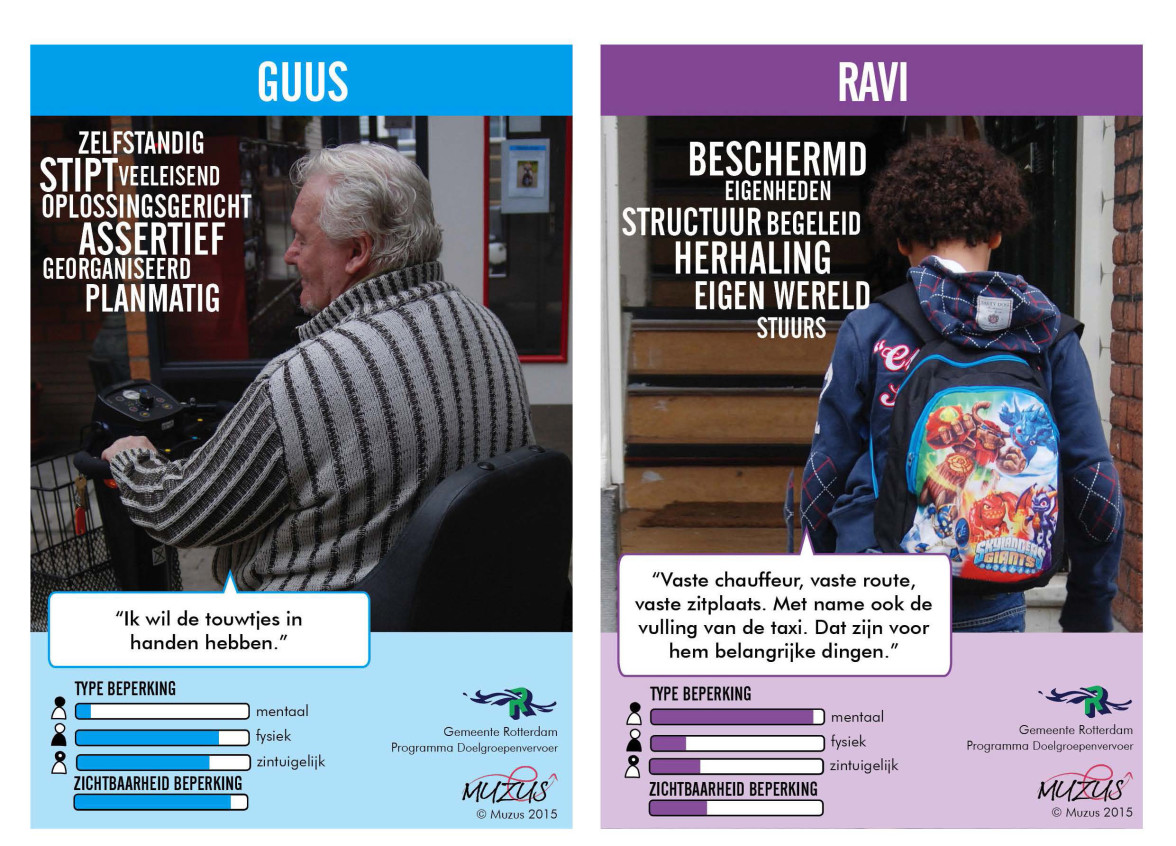
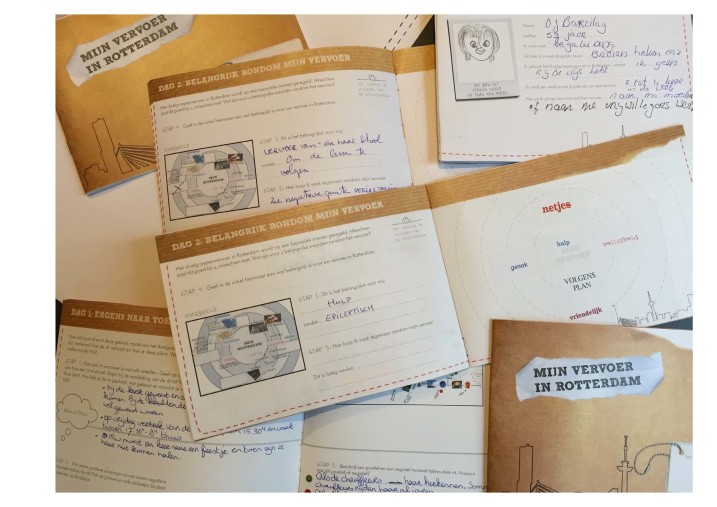
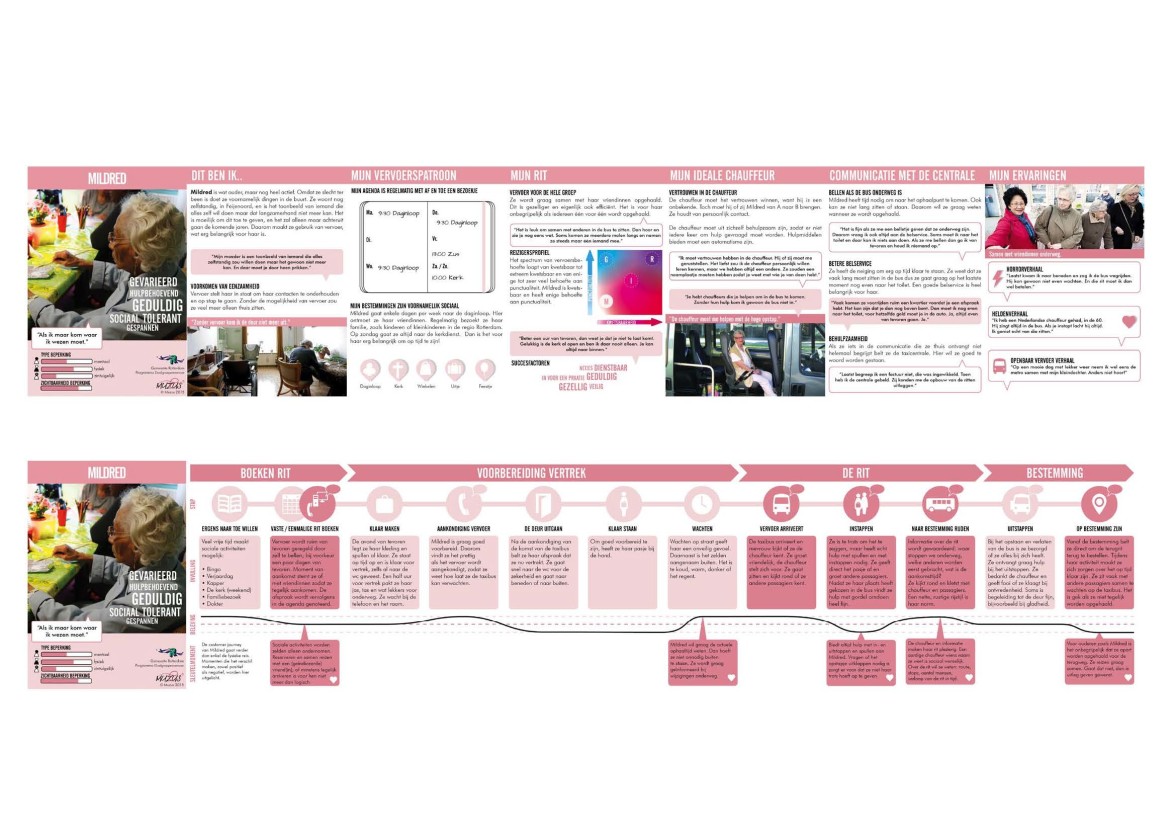
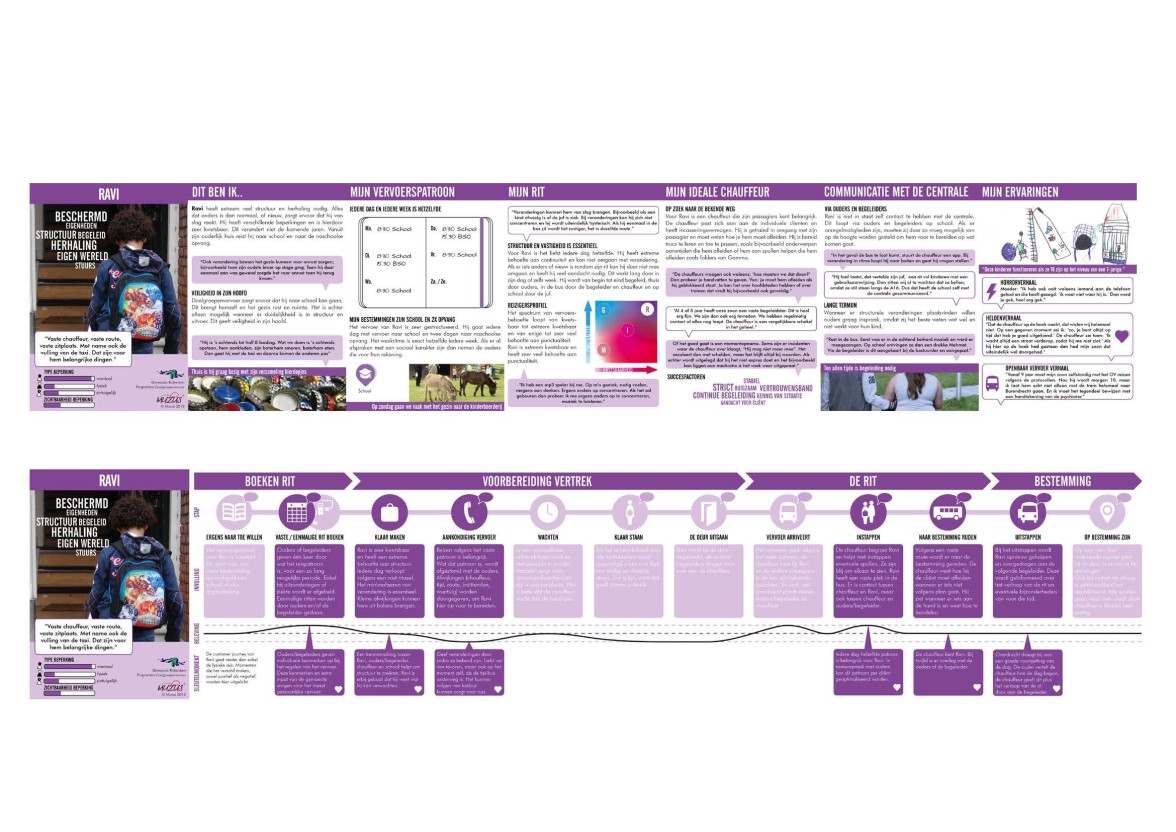

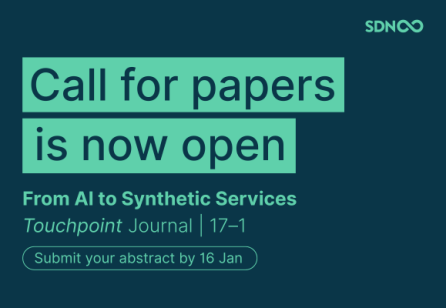



Share your thoughts
0 RepliesPlease login to comment